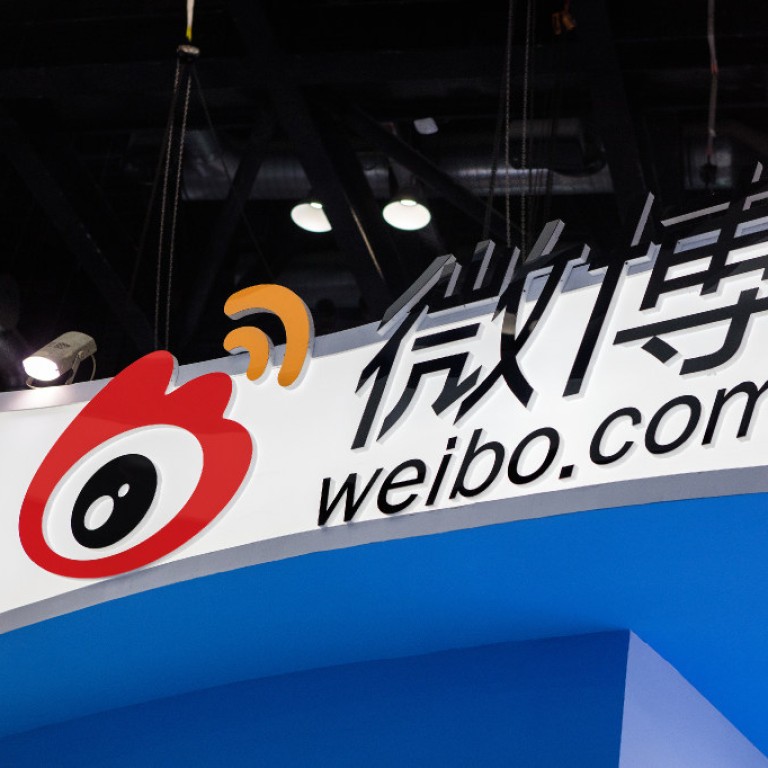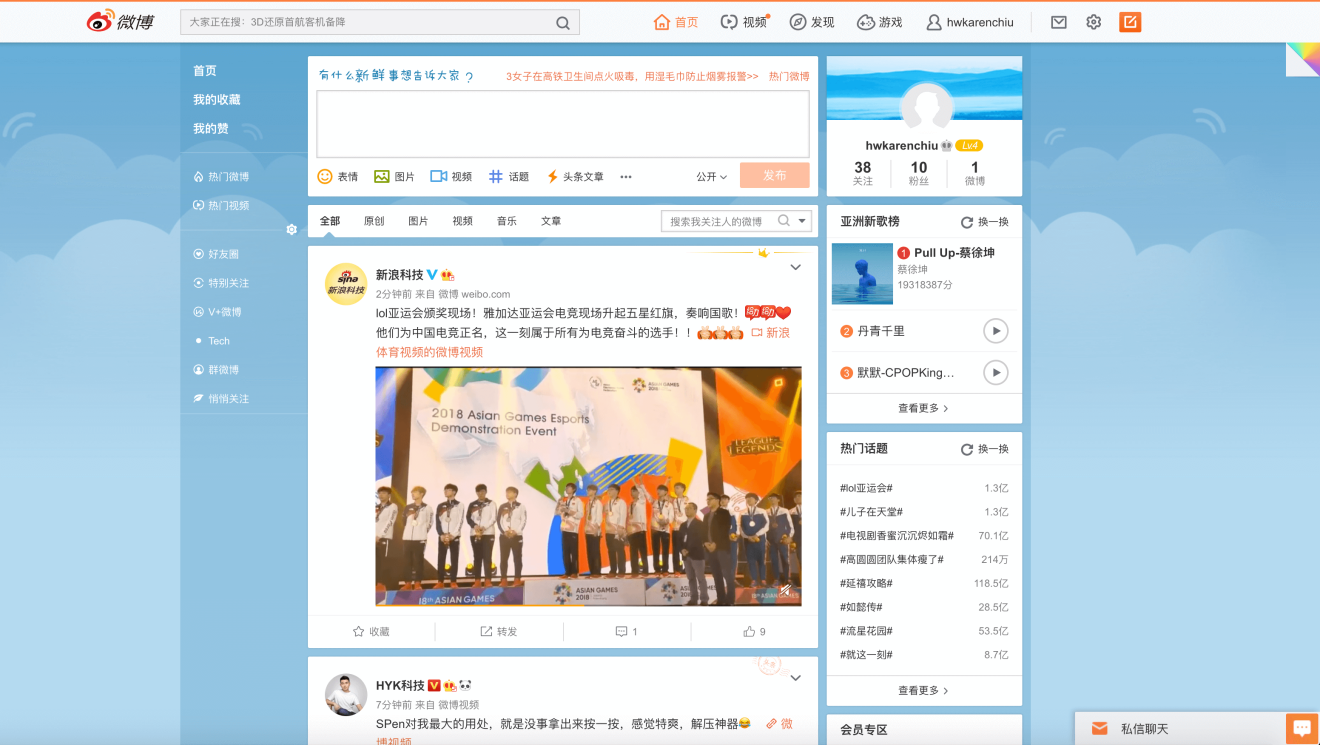
How Weibo became China’s most popular blogging platform
Weibo is a Twitter-like microblogging service used by hundreds of millions of users. Launched by Sina in 2009, it regularly censors topics deemed sensitive or inappropriate by the Chinese government.
Weibo -- often known as China’s Twitter -- is the country’s most popular blogging site.
Throughout the years, the platform has gone through a number of redesigns. In its present form, Weibo is a little like Facebook’s news feed. It shows posts from friends and other people you follow. Users are allowed up to 2,000 characters per post -- in addition to one video, song, or multiple photos.

The number recovered a year later, thanks to the growing number of netizens from lower-tier cities and rural areas. Today Weibo is still one of the major news sources for those living inside China -- as well as those on the outside, looking for a window into the minds of people in China.
For more insights into China tech, sign up for our tech newsletters, subscribe to our Inside China Tech podcast, and download the comprehensive 2019 China Internet Report. Also roam China Tech City, an award-winning interactive digital map at our sister site Abacus.

